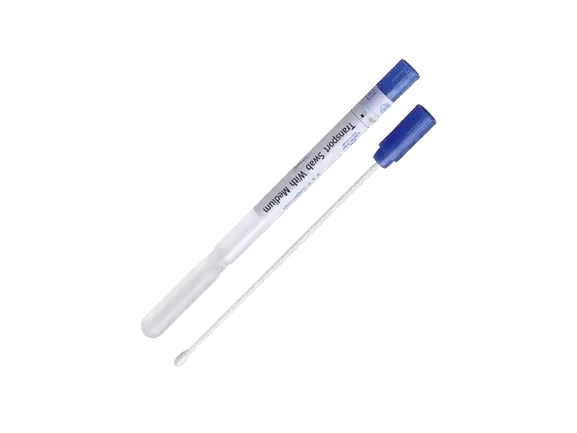In various industries, pumps play a crucial role in fluid transportation, ensuring efficient operations and optimal performance. However, with a multitude of pump types available, it becomes essential to identify the most efficient option for specific applications. In this blog post, we will delve into the intricacies of different pump types, analyzing their efficiency levels and highlighting the factors that influence their performance.
- Centrifugal Pumps: The Workhorses of Efficiency
Centrifugal pumps are widely recognized for their high efficiency in various industries. Their ability to handle large volumes of fluids with relatively low energy consumption makes them a popular choice. We will explore the design principles behind centrifugal pumps, including impeller types, casing configurations, and the impact of specific speed on efficiency. Additionally, we will discuss the importance of proper sizing and maintenance to maximize their efficiency. - Positive Displacement Pumps: Efficiency in Precision
While centrifugal pumps excel in high flow rate applications, positive displacement pumps offer unparalleled efficiency in precise fluid metering and high-pressure scenarios. We will delve into the working principles of reciprocating and rotary positive displacement pumps, discussing their efficiency characteristics, volumetric efficiency, and the influence of fluid viscosity on their performance. Furthermore, we will highlight the importance of selecting the right type of positive displacement pump for specific applications. - Axial Flow Pumps: Efficiency in Large-scale Fluid Movement
Axial flow pumps are specifically designed for applications that require the movement of large volumes of fluid at low to medium heads. We will explore the unique design features of axial flow pumps, including propeller blades and diffusers, and discuss their efficiency in handling large flow rates. Additionally, we will address the challenges associated with cavitation and the impact of impeller design on overall efficiency. - Submersible Pumps: Efficiency Below the Surface
Submersible pumps find extensive use in various industries, particularly in wastewater management and deep well applications. We will analyze the efficiency of submersible pumps, considering factors such as motor design, impeller types, and the importance of proper installation. Additionally, we will discuss the impact of fluid properties, such as solids content and temperature, on the efficiency of submersible pumps. - Factors Influencing Pump Efficiency
Efficiency in pump systems is not solely dependent on the pump type itself. Several external factors can significantly impact overall efficiency. We will explore the influence of factors such as system design, pipe sizing, fluid properties, and pump control methods on the efficiency of different pump types. Furthermore, we will discuss the role of advanced technologies, such as variable frequency drives and energy recovery systems, in enhancing pump efficiency.
Conclusion:
Determining the most efficient pump type for a specific application requires a comprehensive understanding of various factors. By analyzing the efficiency characteristics of centrifugal pumps, positive displacement pumps, axial flow pumps, and submersible pumps, we have gained insights into their strengths and limitations. Additionally, we have explored the external factors that influence pump efficiency. Armed with this knowledge, industries can make informed decisions to optimize their fluid transportation systems, ensuring both energy savings and operational excellence.





